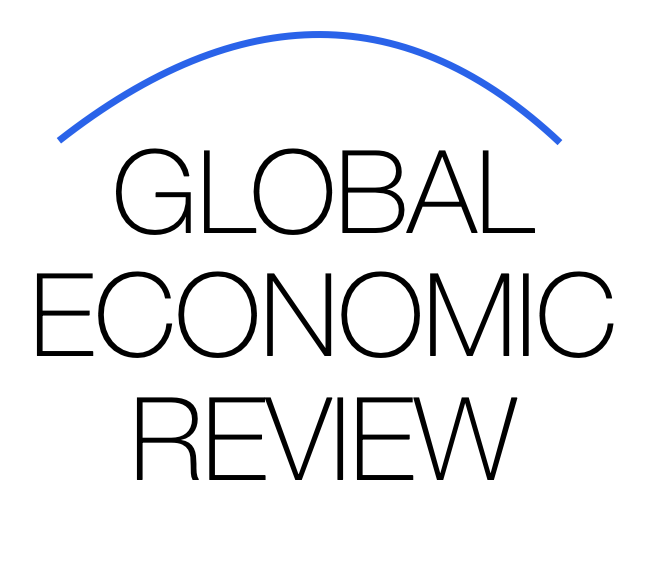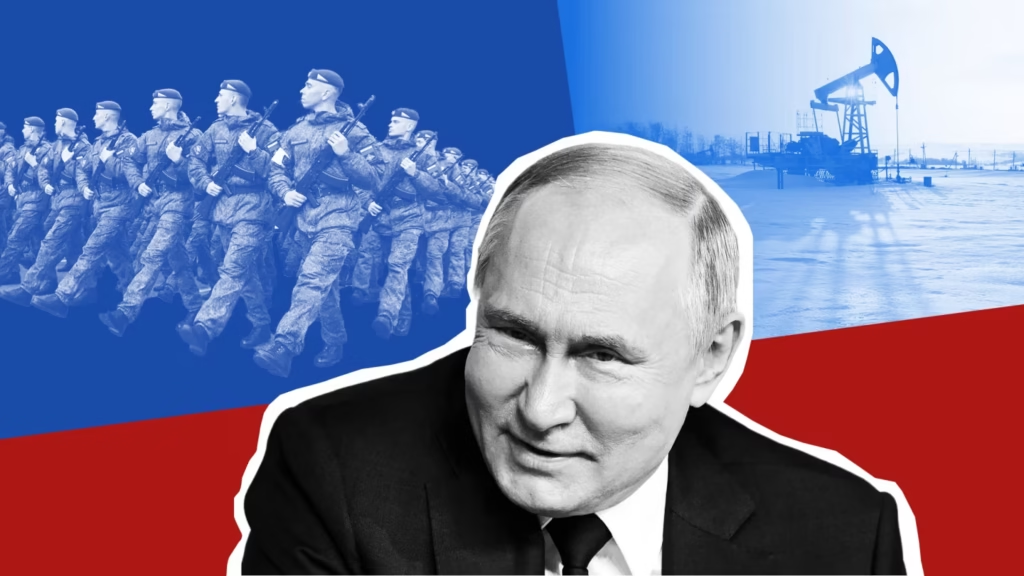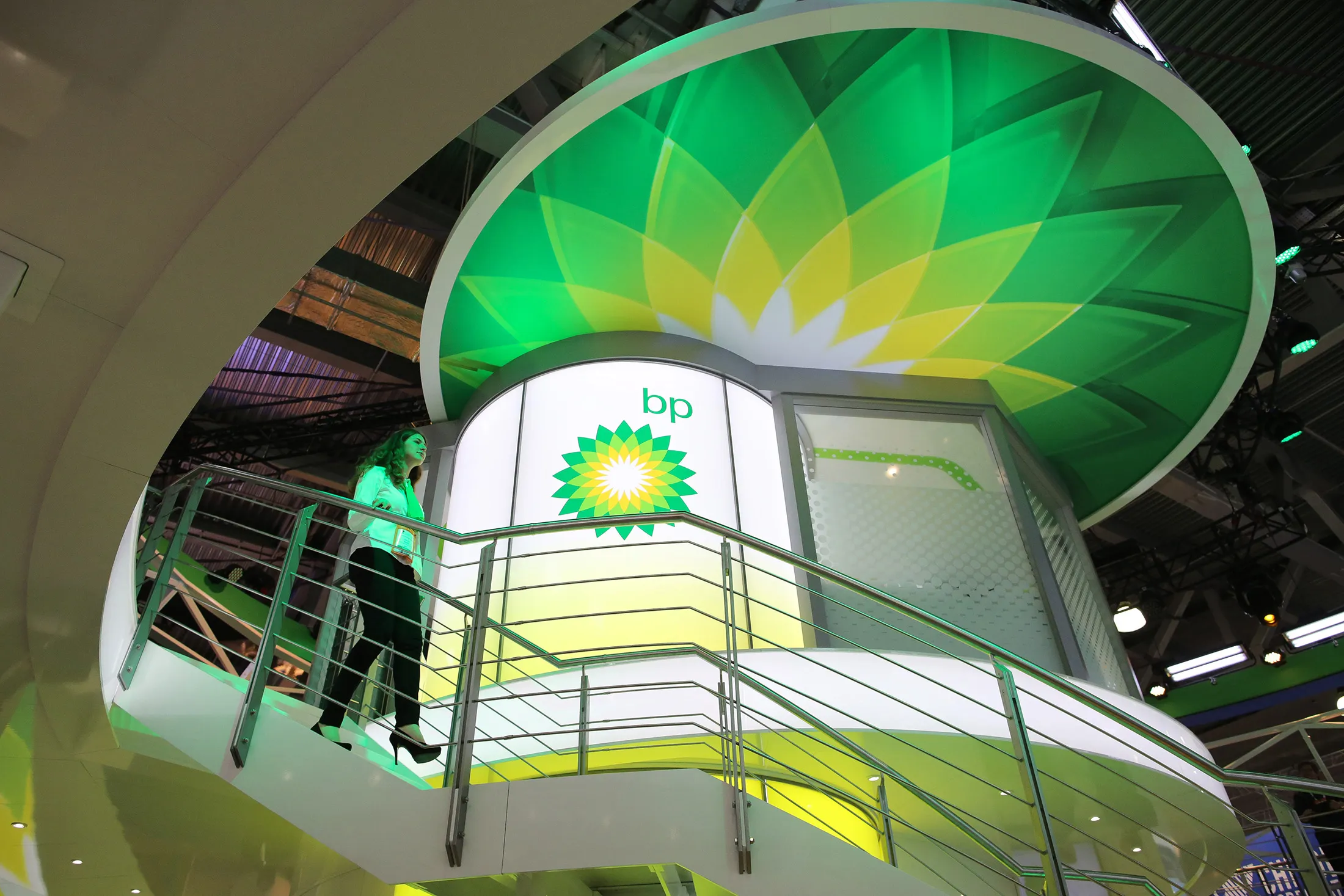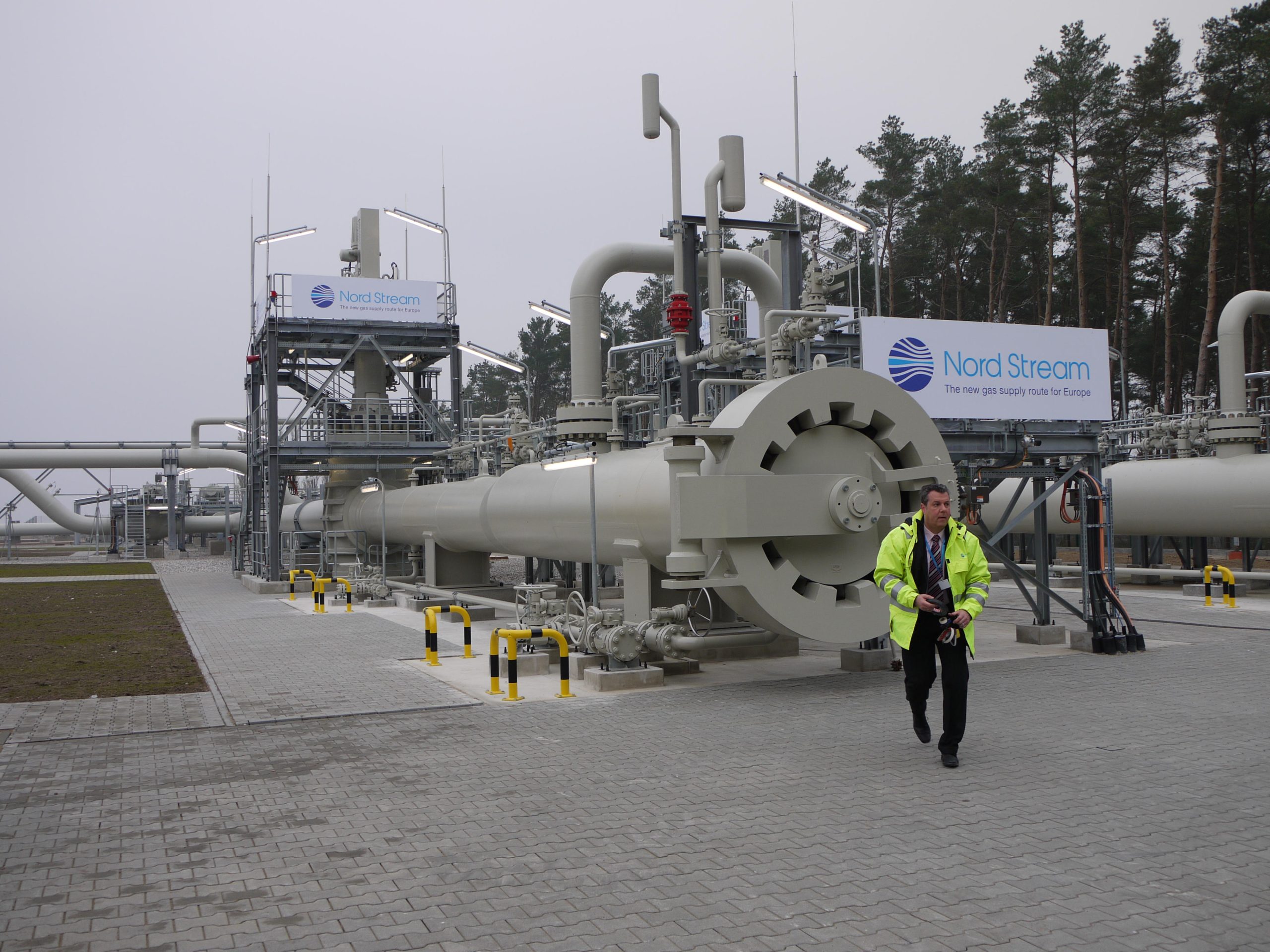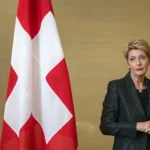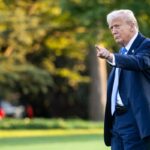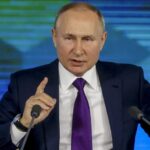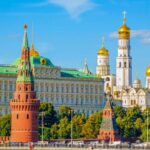Russia’s War Economy on the Brink: Recession Looms
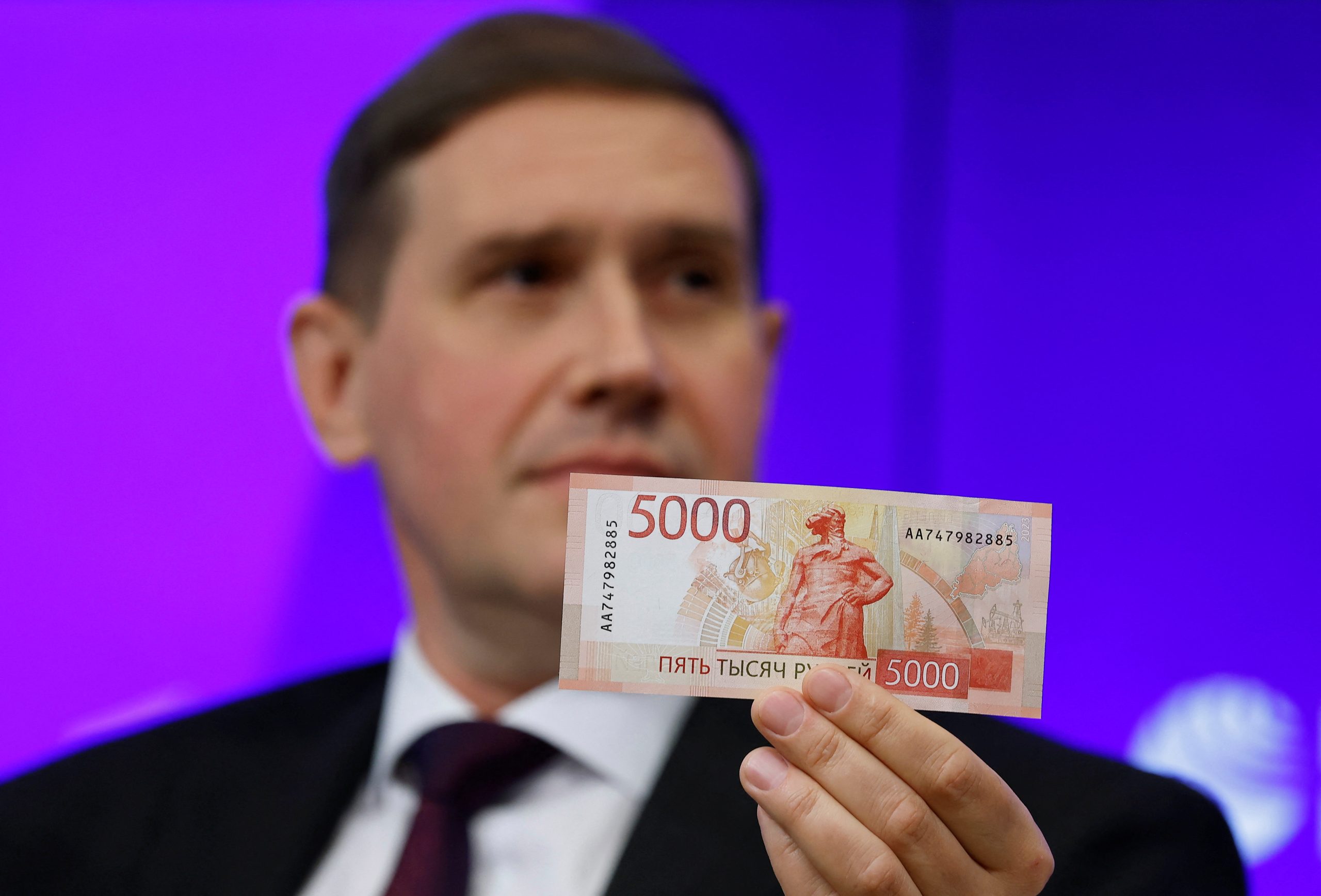
Russia’s war economy, driven by elevated military spending and energy exports, is teetering on the edge of recession. The cumulative impact of Western sanctions, diminishing global energy demand, and the financial strain of sustaining military operations in Ukraine and other theaters is pushing the Russian economy to its limits.
Key Factors Driving the Impending Recession:
- Sanctions and Economic Isolation: The extensive sanctions imposed by the West have restricted Russia’s access to international financial markets and advanced technologies. This isolation has stifled economic growth and industrial development, creating significant challenges for Russian businesses.
- Volatile Energy Markets: Russia’s economic reliance on energy exports is a double-edged sword. While high energy prices have temporarily bolstered revenues, the long-term trend of reducing dependence on Russian energy by global powers, coupled with the shift towards renewable energy sources, threatens to erode this economic pillar.
- Military Expenditures: The protracted conflict in Ukraine has required massive military investments. Although this has stimulated certain sectors, the overall economic drain is substantial. Resources diverted to the military come at the expense of other vital areas, including social services and infrastructure.
- Human Capital Flight: The conflict and economic instability have triggered a brain drain, with many skilled professionals and youth emigrating. This loss of human capital is depriving Russia of the skilled workforce necessary for economic innovation and growth.
- Inflation and Currency Instability: Sanctions and reduced trade have fueled inflation and weakened the ruble. The resulting decrease in purchasing power is straining households and businesses, leading to reduced consumer spending and investment.
- Disrupted Supply Chains: The war and sanctions have fragmented global supply chains, making it challenging for Russian industries to secure essential inputs and technologies. This has resulted in production delays and increased costs, further weakening economic performance.
Economic Indicators Flashing Red:
- GDP Contraction: Russia’s GDP growth has decelerated sharply, with forecasts indicating an imminent contraction. The uncertain business environment has led to delayed investments and reduced economic activity.
- Rising Unemployment: Although unemployment rates have not yet surged, the economic downturn is expected to result in job losses, particularly in sectors reliant on global trade and investment.
- Public Debt Surge: Increased military spending and economic sanctions have driven up public debt, raising concerns about Russia’s fiscal health and long-term economic sustainability.
Government Measures:
The Russian government has introduced various initiatives to cushion the economic blow, including industry subsidies, promotion of domestic production, and efforts to expand trade partnerships. However, these measures may fall short in addressing the broader economic challenges posed by the war and sanctions.
Conclusion:
Russia’s war economy stands at a crossroads, confronted by a multitude of challenges that threaten to plunge it into recession. The interplay of sanctions, energy market volatility, military expenditures, and internal economic pressures is creating a formidable headwind for economic stability. Without substantial adjustments to navigate these issues, Russia may face a prolonged period of economic decline.
